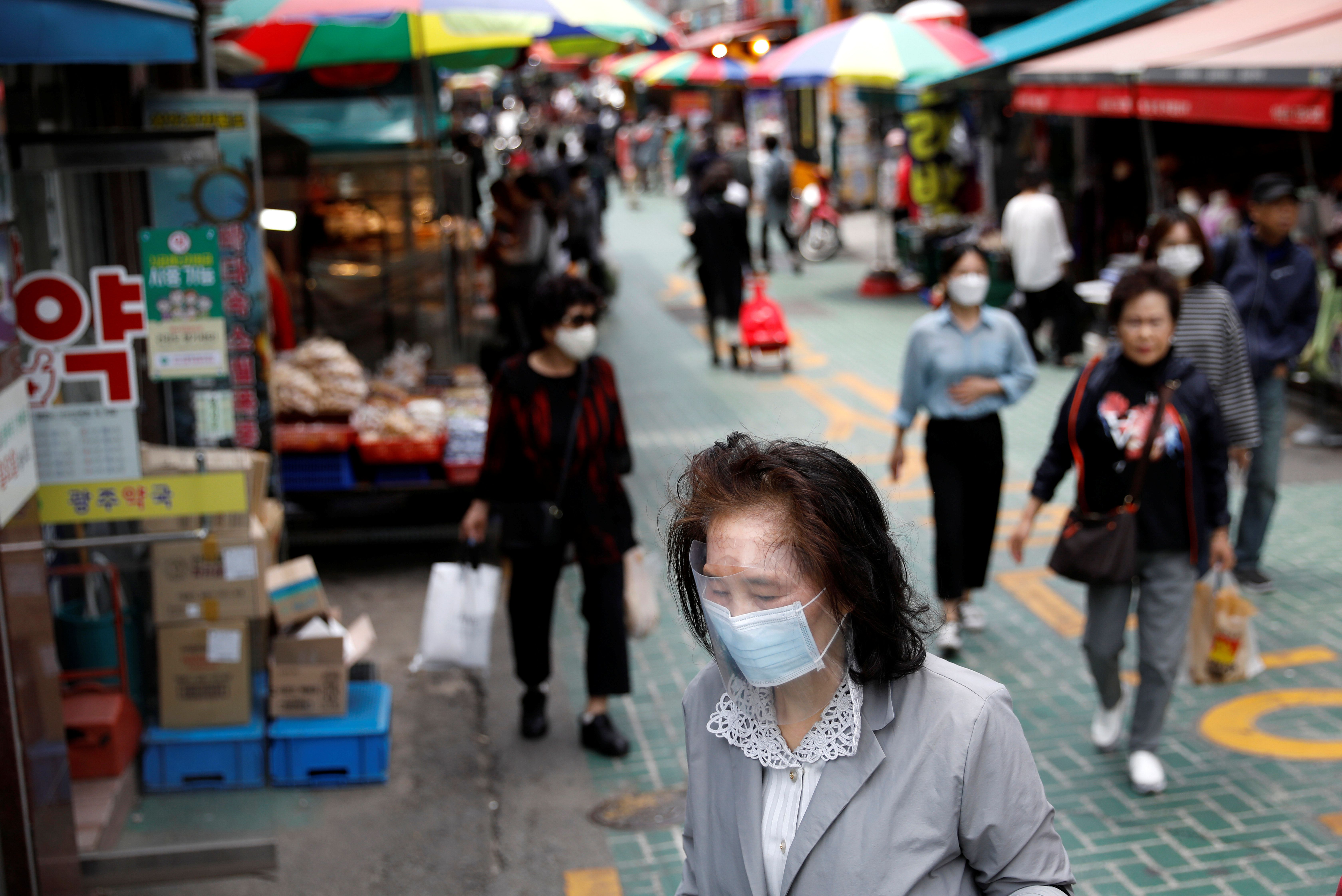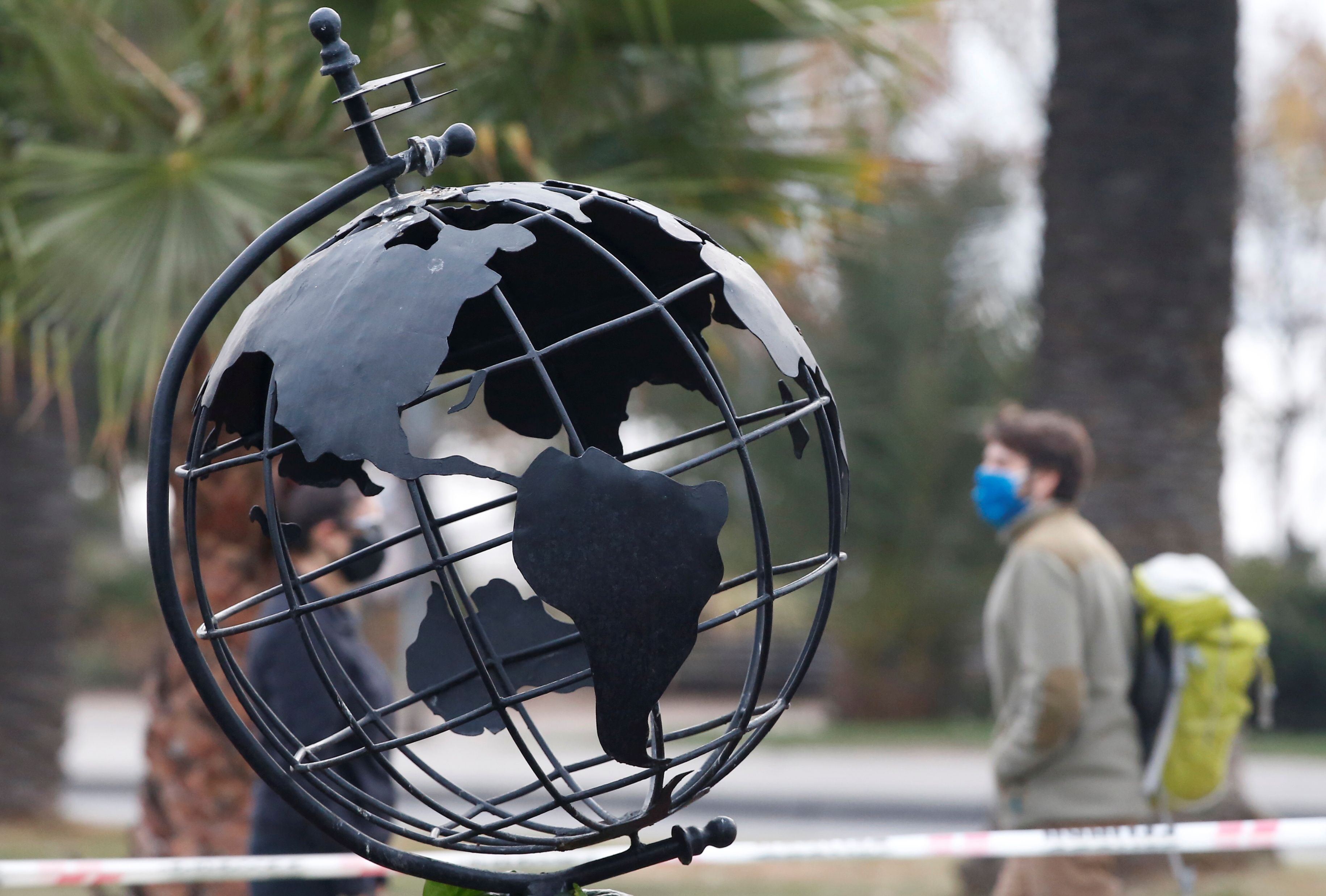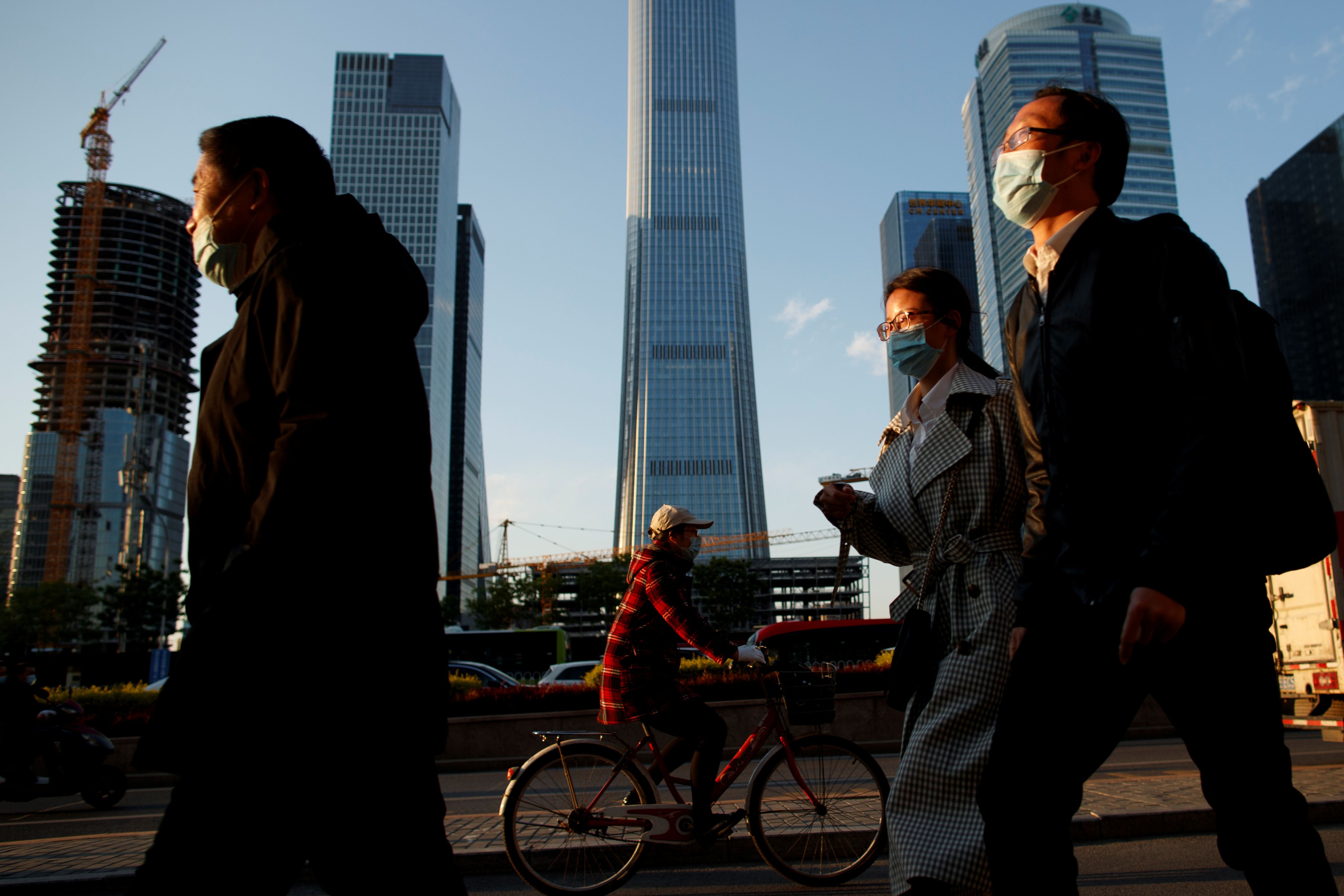COVID-19’s Impact on the South Korean Economy

The State of the Economy
Despite the success in countering COVID-19, South Korea is facing increasingly challenging economic problems related to the pandemic. This is because it is the 12th-largest economy in the world and strongly linked to the global economy—in 2018, it was the sixth-largest exporter (3.1%) and ninth-largest importer (2.7%). In the first three months of this year, South Korea’s GDP contracted by 1.4% on a quarterly basis (in comparison, the EU’s fell by 3.4%), the biggest drop since the last quarter of 2008 (during the global financial crisis). Household consumption has fallen by 6.4%, the highest since January-March 1998 (Asian financial crisis).
The situation on the labour market is getting worse, especially for temporary workers and young people. Although according to official statistics unemployment in April was 4.2%, it may exceed 20% for those aged 15–29. Most of the people who have lost their jobs are in sectors that required direct contact with customers. In April, South Korea reported the largest decrease in employment since February 1999—the number of employed people was 476,000 fewer than in April 2019.
The decline in global demand and downtime in domestic and foreign industrial production led to fewer South Korean exports, which normally account for 44% of GDP. Already in the first quarter it fell by 1.4% on an annual basis, but the situation deteriorated significantly in April. At that time, exports decreased by 24.3% (the steepest drop since May 2009), which resulted in the first trade deficit in more than eight years (since January 2012). The decline in exports came in the most important markets—China, by 17.9%; ASEAN, by 32.9%; the U.S., by 13.5%; and, the EU, by 12.8%. The poor export results covered all sectors except for individual goods, such as coronavirus tests or solid-state drives, which recorded an increase in foreign sales.
The Authorities’ Actions
To deal with the economic consequences of COVID-19, South Korea presented several economic packages worth about $200 billion (13% of GDP). They include support for small and medium-sized enterprises and the self-employed ($95 billion), emergency disaster relief funds for all households ($11.65 billion), support for exporters ($30 billion), and additional investments in startups ($2 billion). It also set up a $33 billion fund supporting key industries hit by the pandemic—aviation, automotive, shipping, shipbuilding, and oil refineries. In addition, in order to reduce the cost of loans, in May South Korea’s central bank lowered its policy rate to a record 0.5%.
To increase employment, the government plans to create about 550,000 new jobs, of which about 400,000 will be in the public sector and reserved for young people. By the end of this year, the authorities will also present the assumptions of the universal employment insurance programme, which allows subscribers to apply for an unemployment allowance—currently only 49.4% of employees offer this kind of insurance. The Ministry of Economy and Finance estimates that the increased budget expenditures will increase the level of public debt this year to 44.4% of GDP (in 2019, it was 36.5% of GDP).
The South Korean authorities hope that the current crisis will prove to be an impulse for transforming the economy. The expression of these ambitions is the “Korean New Deal”, a project announced by President Moon Jae-in in April. The plan assumes an increase in expenditures on expanding digital infrastructure, including 5G networks, and the development of artificial intelligence and big data. Larger funds also will be allocated to the development of non-face-to-face sectors (including e‑commerce) and digitisation in transport under smart-cities projects (including the development of autonomous vehicles). All measures should increase employment in new technology sectors, digitise public services, and innovate the economy. The details of the plan are to be announced in July.
South Korean Foreign Investment
Despite concerns about worse financial results in the upcoming months, the leading South Korean companies (chaebols) are maintaining their goals for this year. They concern, among others, expenditures on research and development. For example, in the first quarter of 2020, Samsung Electronics allocated a record $4.4 billion for this purpose and plans to maintain this spending. In addition, companies from the electronics, chemical, and information and communications technologies industries intend to implement planned investments in production facilities outside South Korea.
Since the beginning of the pandemic, the chaebols, having obtained special entry permits for business, have sent almost 7,000 employees to 12 countries to develop their investments there. This applies to, among others, companies producing lithium-ion batteries for electric cars in Central Europe. In March, about 300 SK Innovation engineers arrived in Komárom, Hungary, and about 200 LG Chem engineers came to Kobierzyce near Wrocław. As a result of loan agreements concluded in March and April with the European Investment Bank and three South Korean banks, LG Chem obtained funds for an estimated $1.6 billion expansion of factories. Thanks to this, by the end of 2022 they are to produce batteries with a capacity of 65-70 GWh, which will power up to 1 million electric vehicles per year.
Since April, production plants of South Korean companies around the world have gradually resumed production. In Central Europe, Hyundai Motors car factories in Nošovice in the Czech Republic and Kia Motors in Žilina in Slovakia have re-started. Since the end of April, production plants of companies in the electronics industry also resumed production— Samsung Electronics, which manufactures household appliances in Wronki, Poland, and LG Electronics, which still plans to increase the production capacity of its plant in Mława, which supplies TVs to the European market.
A challenge for South Korea is the worsening tensions between the U.S. and China, including the appeals by U.S. authorities to companies to relocate production outside of China. China is both the largest import and export market for South Korea, so a drastic reduction of economic ties or massive outflow of investments are unlikely. However, the pandemic may intensify the process of re-locating part of South Korean companies’ production to mainly Southeast Asia. This trend had already gained speed in 2017 after the Moon administration announced its “New Southern Policy”, assuming closer economic cooperation with ASEAN countries and India. South Korea’s investment commitment in Vietnam facilitates access to ASEAN markets and participation in regional value chains. Last year, South Korea was the largest investor in Vietnam (20%), mainly in manufacturing.
Perspectives and Conclusions
The South Korean authorities, chaebols, and analytical institutions expect a deterioration of the economy in the second quarter of this year. Assuming an improvement in the global situation in the second half of the year, the state-run Korea Development Institute forecasts that South Korea’s economy will grow 0.2% this year and rebound by 3.9% next year. The IMF’s forecasts are less optimistic and assume a decline in GDP by 1.2% this year and an increase of 3.4% next year. However, this is much better than the average forecast for this year for advanced economies (-6.1%).
The “Korean New Deal” is not only a reaction to the current challenges but above all an idea for the broader transformation of the economy. The failure so far of the Moon administration in resolving economic problems, such as the structural issues in youth unemployment or the excessive impact of chaebols on the economy, makes it necessary to carefully assess the government’s ambitious plans.
South Korea’s economy will be influenced by the economic condition of its main trading partners—China, the U.S., the EU, Japan, and ASEAN countries. The situation on the Chinese market, where demand had contributed to the improvement of the economic situation of Korea after the global financial crisis in 2008, will be particularly important. Although chaebols are still developing production plants in China, the parallel greater investment commitment by South Korean companies—including relocating some production from China—will continue in Southeast Asia.
Despite the uncertainty about the prospects for improving the EU’s economy, the South Koreans intend to develop existing investments in Central Europe in a planned manner to maintain access to the EU market. Important to this are Visegrad Group countries, which receive 25% of South Korean exports to the EU and comprise an important production base in the automotive, electromobility, and consumer electronics industries.





